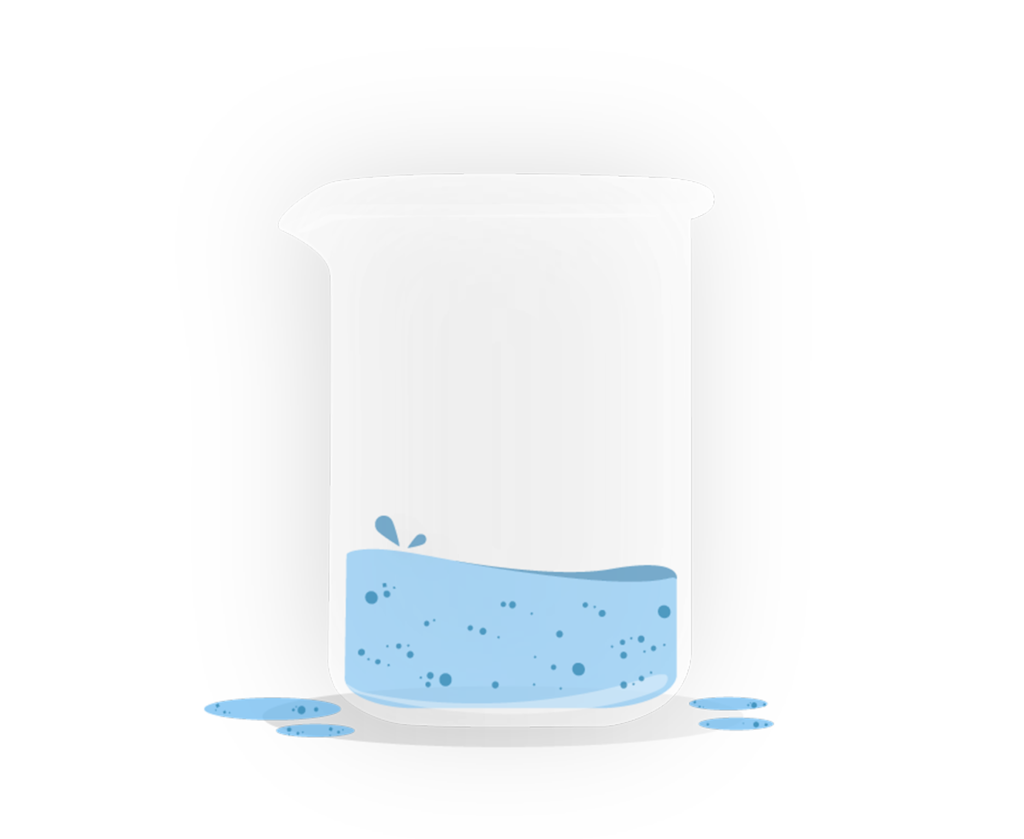The term "drinking water" refers to water which is intended for human consumption or
other domestic use, is purely physical, chemical, biological and microbiological. Drinking
water should be colorless, odorless, cool and with a pleasant taste, when this does not
happen it means the presence of harmful contaminants such as high hardness, organic
matter, heavy metals and pathogenic microorganisms. When they are at high levels they
endanger human health. There is a need for close monitoring of its quality, in order to
identify and address in time any problem that could affect its suitability. Our laboratory
performs all the necessary analysis for the suitability of drinking water.



